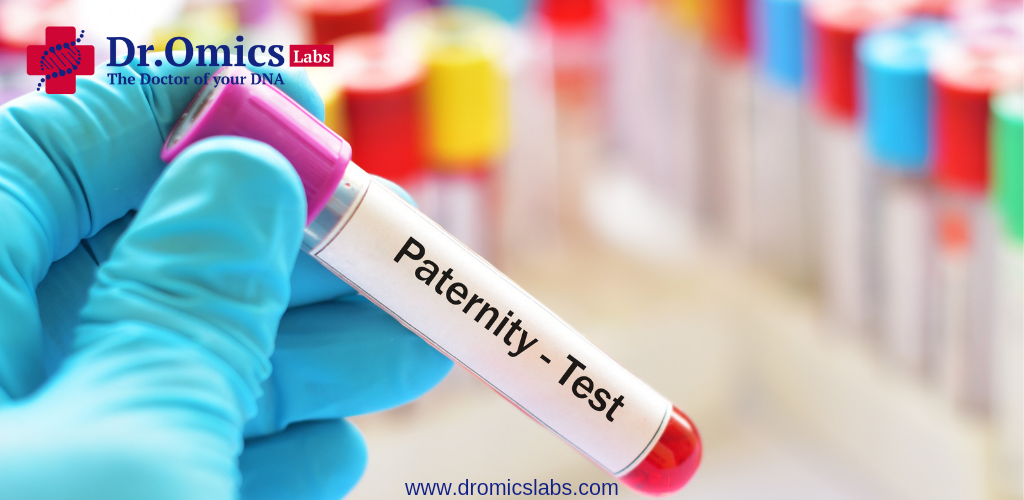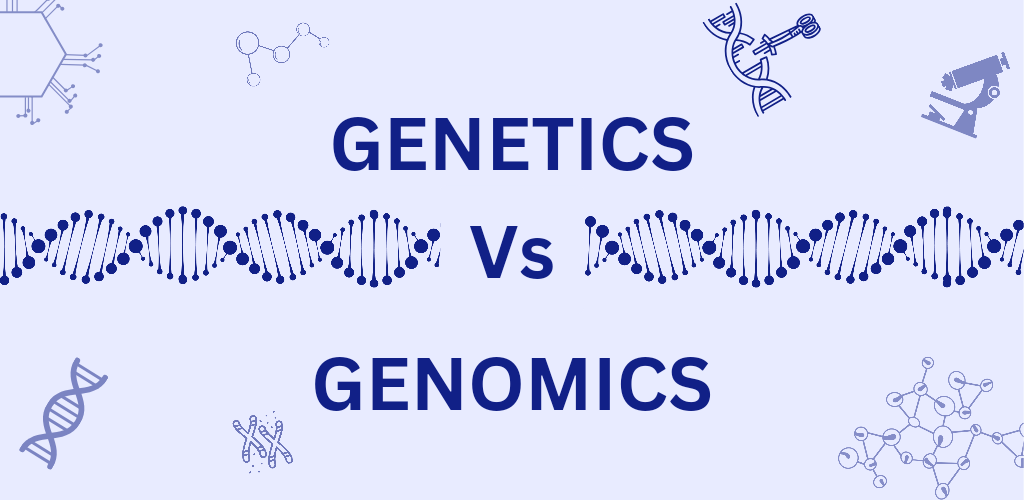Decoding Your DNA: How Whole Genome Sequencing Can Benefit You
What if a simple test could read the book of your life?
That’s the promise of whole genome sequencing (WGS)—a technology that decodes all 3 billion letters of your DNA, revealing a vast landscape of health, ancestry, and trait information. It’s not science fiction anymore. It’s science in action—shaping how we understand disease, customize treatments, and predict genetic risks.
Unlike traditional tests that focus only on specific genes or just the exome (the protein-coding part of your genome), whole genome sequencing (WGS) captures the full picture—including regions that control how genes are turned on or off and areas often overlooked where many health conditions begin. This means WGS doesn’t just give you more data—it gives you richer insights, uncovering patterns and risks that other methods might miss. (1, 5).
Your DNA, Diagnosed: Clinical Power of WGS
For patients battling mysterious symptoms or rare genetic conditions, WGS often serves as a diagnostic lifeline. It’s helping doctors connect dots that were once invisible. Take neurological disorders, for example. In cases where previous tests like exome sequencing failed, WGS uncovered disease-causing variants in 20% of cases. That’s a significant breakthrough—especially when time and accurate treatment are critical (4).
And it’s not just rare disorders. In infectious disease diagnostics, WGS can identify drug-resistant pathogens like tuberculosis strains, allowing doctors to prescribe targeted therapies much faster than traditional methods. It’s reshaping public health responses and even helping trace outbreaks (2).
WGS vs. WES: What’s the Real Difference?
Whole Exome Sequencing (WES) looks at only 1–2% of your genome—the parts that code for proteins. Useful? Yes. Complete? Not even close. WGS, on the other hand, reads everything, including regulatory and noncoding regions where many critical mutations hide. In fact, many diseases involve variants outside the exome, which WES can completely miss.
Although current technology has improved WES detection, WGS continues to stand out—especially for detecting small copy number variants, balanced structural changes, and noncoding regulatory mutations. As our understanding of noncoding DNA expands, WGS will continue to gain ground (4).
Beyond Diagnosis: Enter Precision Medicine
WGS isn’t just about finding disease—it’s about predicting and preventing it. This is where precision medicine comes in. By analyzing how your genes affect your response to drugs, WGS enables truly personalized care. Whether it’s choosing the right antidepressant or avoiding a life-threatening drug reaction, your genome is your guide.
This technology can also highlight genetic predispositions to conditions like diabetes, cancer, and heart disease. By catching red flags early, WGS allows patients and doctors to plan lifestyle and medical interventions long before symptoms appear (6).
Ancestry and Health Testing—Now with Clinical Power
Popular ancestry tests may tell you where your ancestors came from. But WGS can go much further. It not only traces your genetic heritage but also checks for inherited mutations, carrier status, and recessive gene risks that could affect future generations. Planning to start a family? WGS can tell you what traits might be passed on to your children (5).
And let’s not forget personal wellness. Your DNA affects everything from how you metabolize caffeine to how your body processes nutrients. WGS can offer actionable lifestyle advice rooted in your biology—not guesswork (6).
What Happens After the Test? The Real Work Begins
Each WGS report generates over 5 million variants per person. That’s where advanced bioinformatics, machine learning, and expert curation step in. Clinicians and data scientists work together to interpret these variants, filter out the noise, and identify clinically relevant mutations. It’s a collaborative process, and the accuracy of the final report depends heavily on clinical context and expertise (5, 6).
This is why major hospitals are investing in high-performance computing and AI-driven variant classification pipelines. These systems don’t just find mutations—they predict how those changes might impact health, based on growing international databases and ongoing research (6).
Next-Gen Sequencing and What’s Coming Next
WGS as we know it is already powerful, but the future is even more exciting. Newer forms of sequencing—like long-read technologies, nanopore sequencing, and single-cell genomics—are being developed to fill the gaps traditional short-read sequencing can’t address. These innovations allow scientists to see structural variants, epigenetic modifications, and mosaicism with greater clarity than ever before (6).
Add to that the concept of multi-omics—where genomics meets proteomics, metabolomics, and transcriptomics—and you get an all-encompassing picture of human health. It’s no longer just about your genes. It’s about how every biological layer interacts to shape your health outcomes (6).
Final Take: Should You Consider WGS?
If you’re a student, a researcher, or someone simply curious about your biology, the answer is yes. Whole genome sequencing is no longer locked in the research labs—it’s accessible, affordable, and rapidly entering mainstream medicine.
It’s already transforming how we diagnose, prevent, and treat diseases. The integration of WGS into mainstream medicine is rapidly advancing, and it has the potential to become a core part of medical records in the future.
By understanding your genome today, you’re not just learning about your DNA. You’re investing in a healthier, smarter future.
References:
- Wang, H., & Chen, R. (2019). Whole-exome sequencing and whole-genome sequencing. In Elsevier eBooks (pp. 27–39). https://doi.org/10.1016/b978-0-12-816222-4.00003-4
- Davda, P. N., Kaur, H., & Smith, E. G. (2021). Whole Genome Sequencing: Applications and cluster investigations. In Springer eBooks (pp. 231–240). https://doi.org/10.1007/978-3-030-75509-6_12
- Record, C. J., & Reilly, M. M. (2024b). Lessons and pitfalls of whole genome sequencing. Practical Neurology, 24(4), 263–274. https://doi.org/10.1136/pn-2023-004083
- Grether, A., Ivanovski, I., Russo, M., Begemann, A., Steindl, K., Abela, L., Papik, M., Zweier, M., Oneda, B., Joset, P., & Rauch, A. (2023). The current benefit of genome sequencing compared to exome sequencing in patients with developmental or epileptic encephalopathies. Molecular Genetics & Genomic Medicine, 11(5). https://doi.org/10.1002/mgg3.2148
- Bagger, F. O., Borgwardt, L., Jespersen, A. S., Hansen, A. R., Bertelsen, B., Kodama, M., & Nielsen, F. C. (2024). Whole genome sequencing in clinical practice. BMC Medical Genomics, 17(1). https://doi.org/10.1186/s12920-024-01795-w
- Brlek, P., Bulić, L., Bračić, M., Projić, P., Škaro, V., Shah, N., Shah, P., & Primorac, D. (2024). Implementing Whole Genome Sequencing (WGS) in clinical practice: advantages, challenges, and future perspectives. Cells, 13(6), 504. https://doi.org/10.3390/cells13060504




